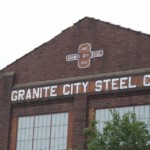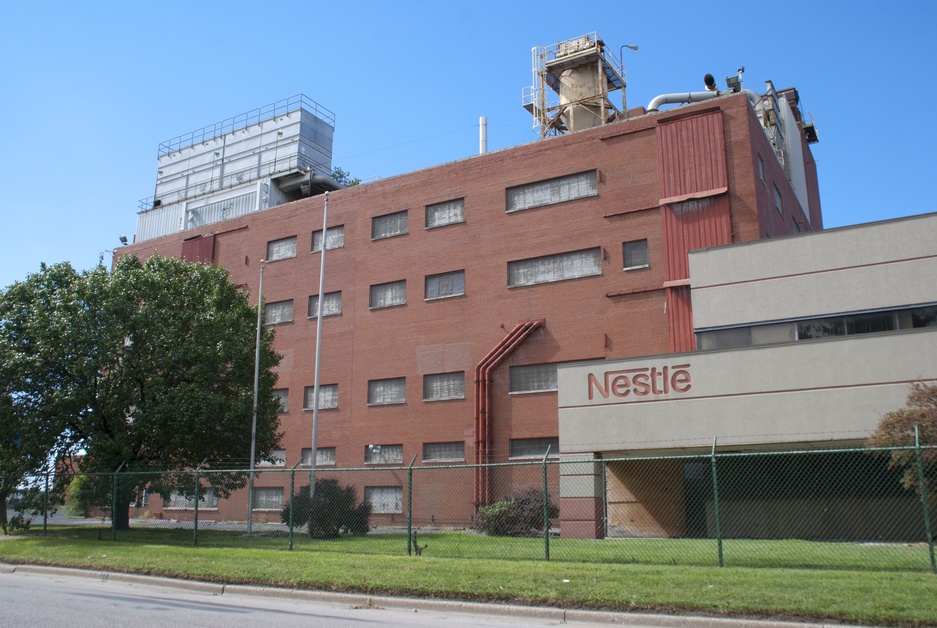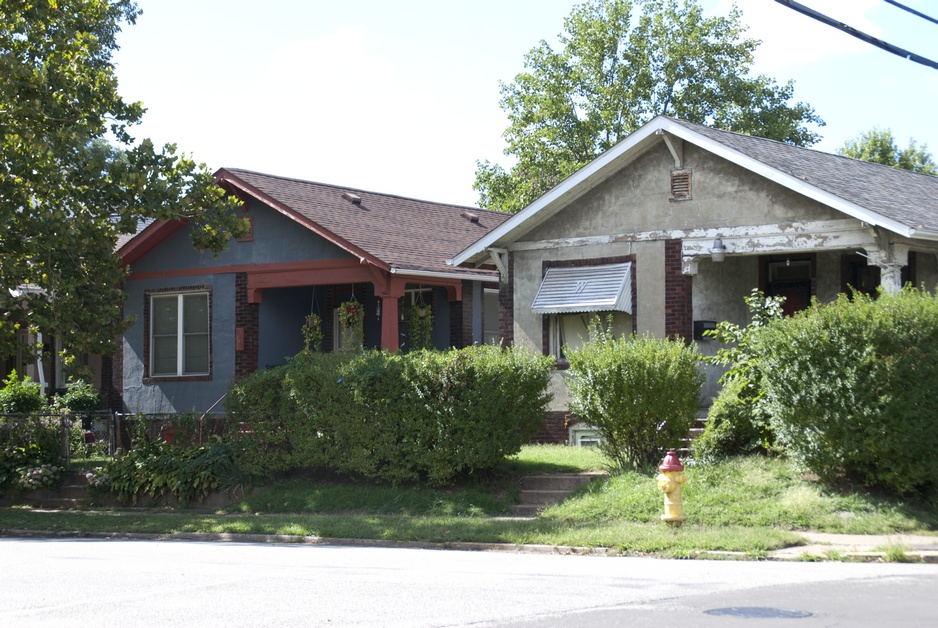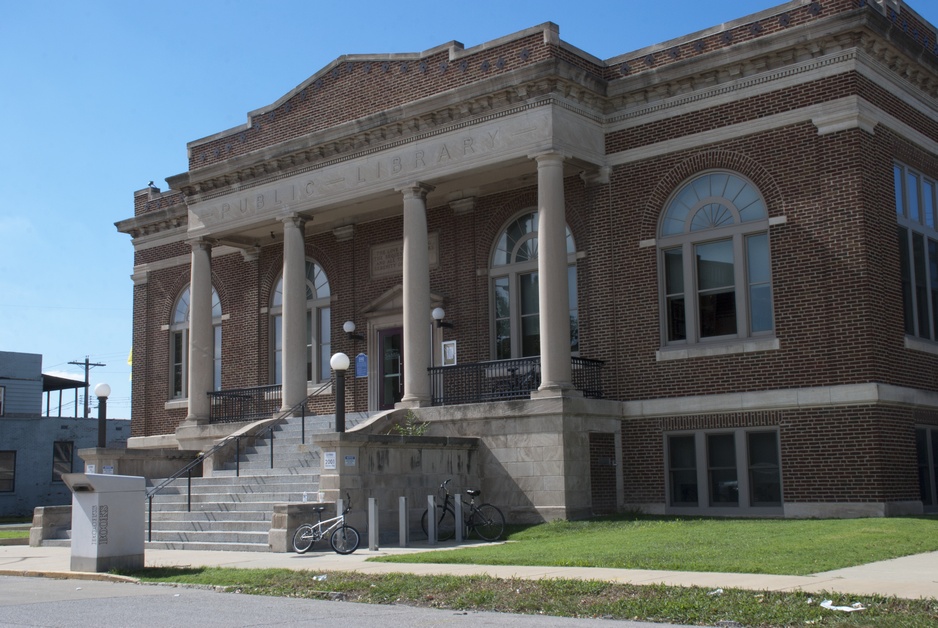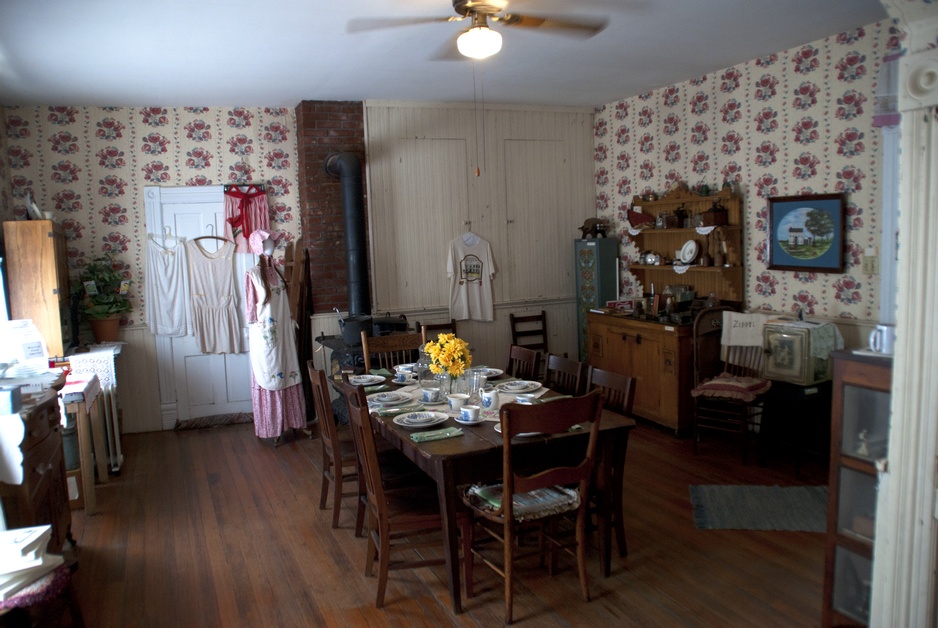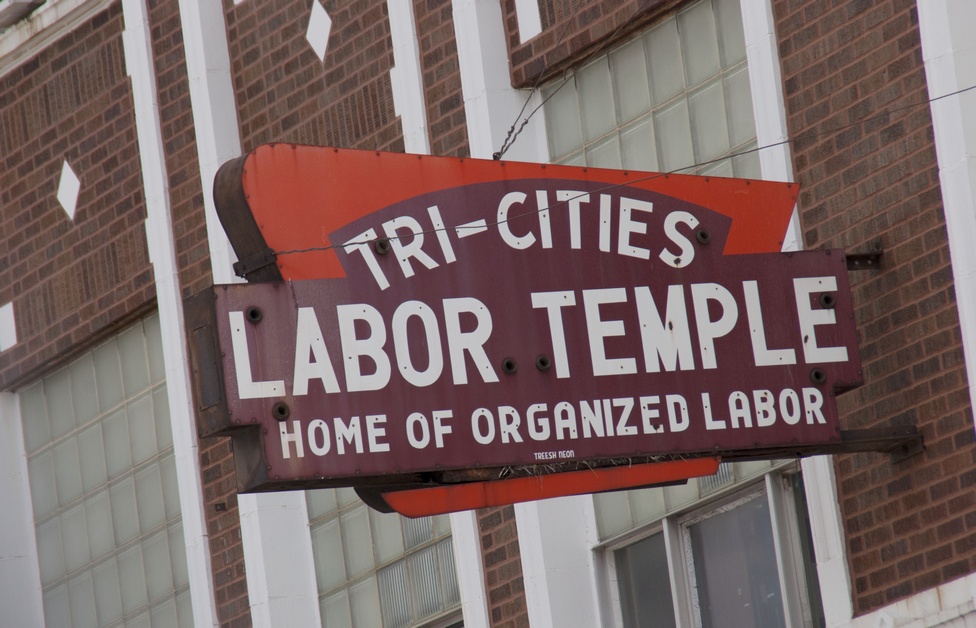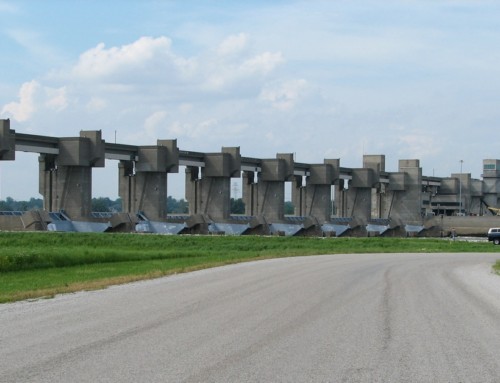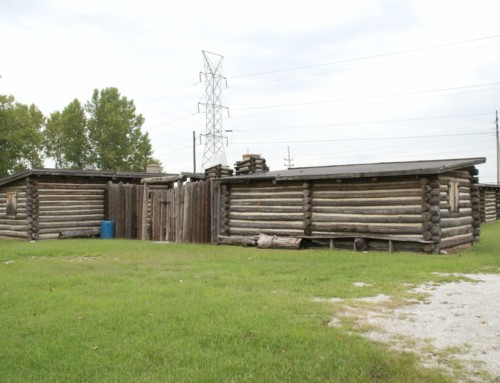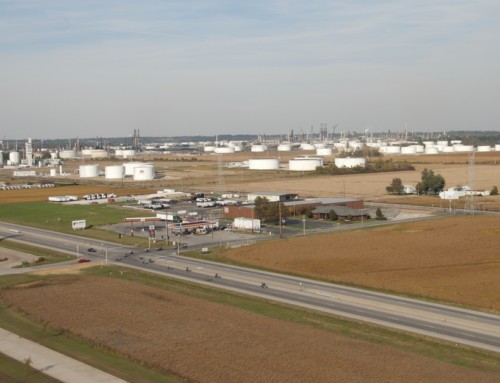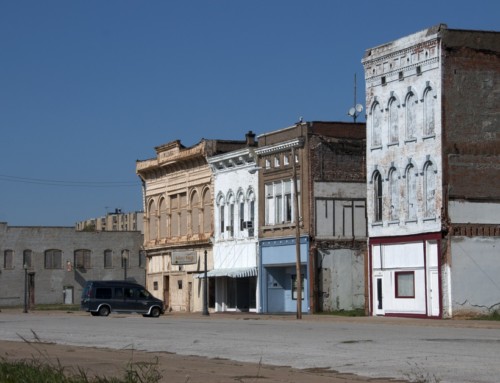Introduction
Granite City was (is) a factory town. It’s a place where people live and work, not one that is known for attracting tourists, but that shouldn’t deter you from visiting.
Visitor Information
Visitors can direct their questions to Explore St. Louis (800.916.8938).
History
Long before there was a place called Granite City, there was a small farming community called Six Mile Settlement that later became Six Mile Prairie. It was located about six miles from St. Louis, hence the name. In 1856, two years after the railroad passed through, it became Kinder Station, which it remained until two brothers bought much of the land for a huge industrial development.
Brothers William and Frederick Niedringhaus were born in Lubbecke, Westphalia, Germany in the 1830s. They immigrated to the US in 1855 with their parents and two other brothers, settling in St. Louis. William and Frederick opened a tin shop that grew so quickly that they built a big tinware stamping factory. All work and no play took a toll on William, so he traveled to Europe for a few months of rest and recovery. According to company legend, while in Europe he saw his first pieces of enameled cookware and immediately recognized their potential. The enameling gave the pots and pans a smooth surface and prevented rust, plus it weighed less than similar products. He learned how to duplicate the process and came back to the US where the brothers patented their process.
The Niedringhauses built two factories in north St. Louis in the 1870s (Granite Iron Rolling Mills and St. Louis Stamping Company) but demand continued to grow, so they looked for a place to build a much bigger factory. They quickly settled on open land in the Illinois floodplain just north of St. Louis. That location had several advantages: the land was cheap, there was convenient access to rail and river transportation, and the area didn’t regulate smoke output from coal-fired plants. They bought 3,500 acres in 1892 and started construction soon after that on a steel mill and the stamping and enameling factory.
The factory needed workers, and those workers needed a place to live. While the first employees commuted from St. Louis to the factory, the company eventually required employees to live in the city. In 1894, the Niedringhauses sold the land they didn’t need , which was developed into the place called Granite City. (The Niedringhauses rejected the names Tinville and Niedringhaus for the new city.) The company hired a city planner who laid out the city streets and blocks, and the company built a hundred brick homes in the first year, selling them to workers at cost plus 6% interest.
Granite City incorporated in 1896 with 992 residents (not the Niedringhauses, though, who never lived there). Those early residents settled into neighborhoods northeast of the plant; most were American born or immigrants from England and Wales. They were soon joined by a wave of eastern Europeans, most of them Bulgarians, who settled in Granite City in the early 1900s. The new immigrants settled in a geographically isolated community on the west side of town that was first called Hungary Hollow (or Hungry Hollow after the economic downturn in 1908) but renamed Lincoln Place in 1916. While the factories hired African American workers, they weren’t allowed to live in Granite City, so many African Americans lived in the nearby community of Brooklyn, Illinois.
The Niedringhauses generally stayed out of civic affairs, at least locally. In 1899, Frederick was elected to the US Congress where he used his influence to support tariffs on the imported tinware that competed with his company’s product. The tariffs passed, and he decided against seeking a second term.
In 1899, the Niedringhauses helped form a new company called the National Enameling and Stamping Company (NESCO). It was basically a merger of their Granite City company with similar businesses in Baltimore, New York, and Milwaukee. They chose New York City as their corporate headquarters and Frederick Niedringhaus as the first president.
Unlike other industrial barons, the Niedringhauses decided to work with unions instead of trying to destroy them. Some employees organized as early as 1899, and the unions grew from there. The two sides apparently figured out a way to live with each other, as strikes were quite rare. The Niedringhaus factories needed quite a lot of skilled labor, which may have been a factor in their strategy to accept unionization.
NESCO remained the largest employers in Granite City until the 1930s. They even helped finance other businesses that opened in the city, including American Steel Foundry and Commonwealth Steel. The new businesses created momentum that rolled on for a while, attracting other factories like Markle Lead Works, Continental Wire Company, Drummond Box Factory, Corn Products Refining Company, and Wagner Brewing Company.
NESCO tried to become a major presence in steel manufacturing in the 1920s, but it didn’t work out too well. In 1927, they spun off the steel factory which became Granite City Steel. The stamping plant hung on until after World War II, until competition from products made of aluminum, stainless steel, and glass drove them out of business in 1956.
Granite City Steel has been through its own rollercoaster ride. National Steel purchased the plant in 1971, then it became part of US Steel in 2003 after National Steel went bankrupt. Some 2,000 people worked at the plant in late 2015 when the company announced it was laying off most of its workforce; in 2018, it has brought hundreds of workers back and restarted two blast furnaces. Other active businesses in town include Precoat Metals, Kraft Foods, Heidtman Steel, Prairie Farms, and American Steel. Retailer Glik’s maintains their corporate headquarters in Granite City.
Manufacturing industries employ a lot fewer people than they once did, which is part of the reason that Granite City’s population has been steadily shrinking since 1970 when it peaked at around 40,000 residents, or about 10,000 more people than live there today. Still, the city has plenty of life, and is working hard at restoring its once vibrant central core.
- Random Fact: The Niedringhaus’s companies had some trouble settling on a name for their products, changing from Granite Ironware to Royal Granite Steel Ware to Royal Granite Enameled Ware to Nescoware.
Exploring the Area
The Old Six Mile Museum (3279 Maryville Rd.; 618.225.1452) preserves the Emert-Zippel House, which dates to the 1830s. Walk through to get a taste of mid-19th century farm life.
Factories once occupied huge swaths of land in Granite City. Some of those sites are now vacant (like the area where the Stamping Works used to be at 1810 Benton St.). If you’re interested in driving around to see what’s left, here are a few locations that might interest you:
- The massive Granite City Works factory is located between Edwardsville Road (Highway 203) and Madison Avenue, from E. 20th Street to 16th Street.
- The old Wagner Brewery, which was later purchased by Nestle is at 2101 Adams Street.
- You can see some of the original homes built for employees of the factories on Benton Street between 21st and 22nd.
- Homes of wealthier folks are just a few blocks away on Cleveland Boulevard between 23rd and Niedringhaus; it was nicknamed Silk Stocking Row.
- Lincoln Place is just east of Highway 3, encompassing a few blocks north and south of Niedringhaus Avenue.
Sports & Recreation
The paved MCT Confluence Trail passes through Granite City; it’s a popular trail for biking.
Entertainment and Events
Farmers Market
The Melting Pot Market brings together food and crafts vendors on the second Saturday of each month from May through October in downtown (1301 Niedringhaus Ave.).
Festivals
The city hosts a big parade on Labor Day that begins at 10am.
**Granite City is covered in Road Tripping Along the Great River Road, Vol. 1. Click the link above for more. Disclosure: This website may be compensated for linking to other sites or for sales of products we link to.
Where to Eat and Drink
For a bit of pampering, head to the Garden Gate Tea Room (1410 Niedringhaus Ave.; 618.501.1011) for a tasty lunch made from scratch.
Where to Sleep
On the Illinois side of the St. Louis area, you’ll find chain motels in Granite City (mostly budget motels), Collinsville, and Fairmont City.
Bed and Breakfasts
If you’d like to retreat to a quiet country setting after a day in the city, Along the Way Bed and Breakfast (Mitchell: 152 Central Ave.; 618.931.1537) just might be your place. They rent three rooms in a modern country home situated on 75 acres.
Resources
- Six Mile Regional Library District: 2001 Delmar Ave.; 618.452.6238.
- Post Office: 2350 Madison Ave.
Community-supported writing
If you like the content at the Mississippi Valley Traveler, please consider showing your support by making a one-time contribution or by subscribing through Patreon. Book sales don’t fully cover my costs, and I don’t have deep corporate pockets bankrolling my work. I’m a freelance writer bringing you stories about life along the Mississippi River. I need your help to keep this going. Every dollar you contribute makes it possible for me to continue sharing stories about America’s Greatest River!
Granite City Photographs
©Dean Klinkenberg, 2018
